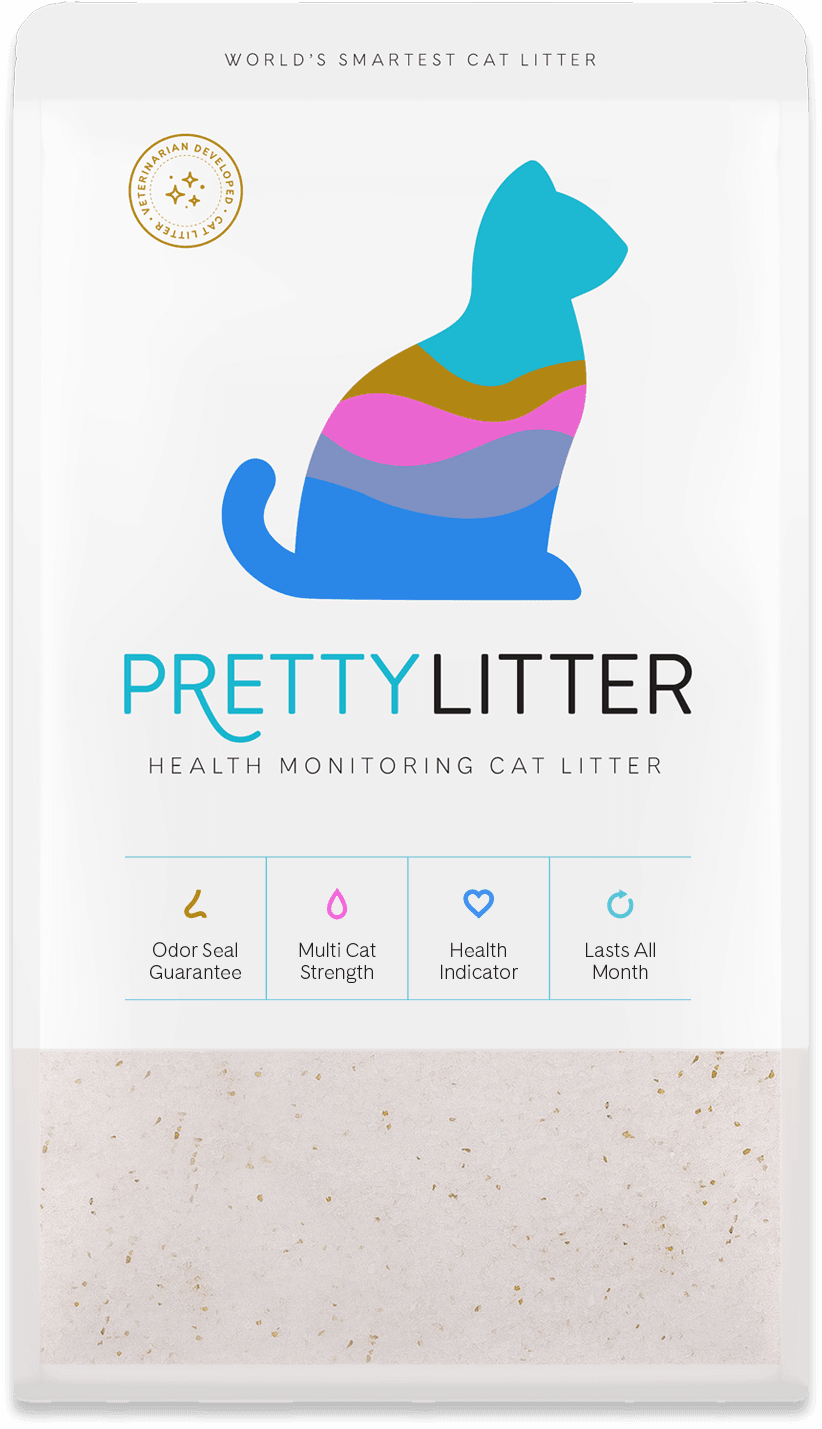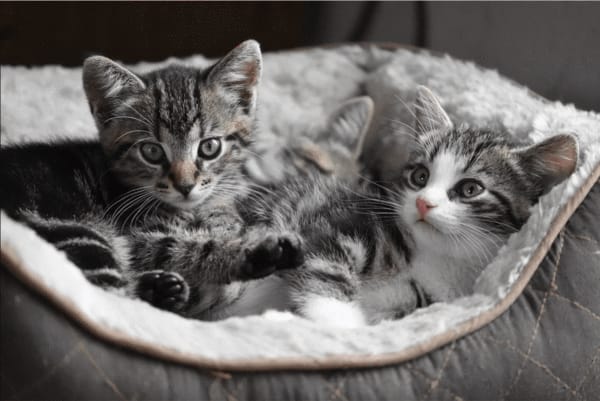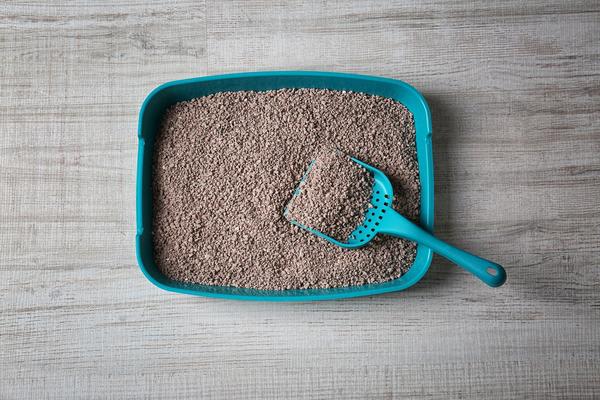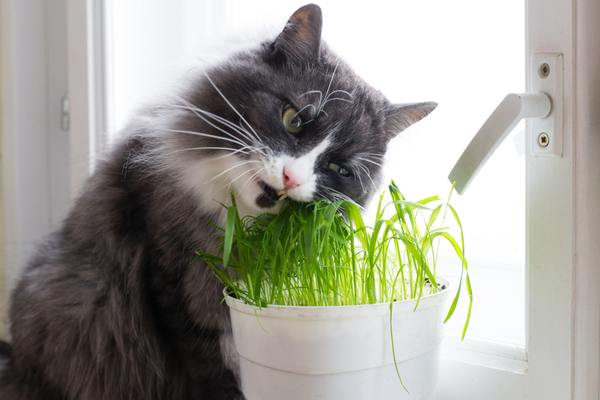January 7, 2025 |9 min read
How Often Do Cats Poop a Day?

Written by

As a cat parent, one of the most routine ways you monitor your feline’s health is through their litter box habits. But have you ever found yourself asking, “How often should cats poop?” The frequency of cat poop can vary depending on several factors, but understanding what’s normal and what’s not is key to ensuring your furry friend stays healthy.
In this article, we’ll explore what a healthy cat’s pooping schedule looks like, factors that influence bowel movements, and when you should be concerned about changes in their habits.
What Is a Normal Pooping Schedule for Cats?
When it comes to how often does a cat poop, there’s a general guideline: most cats will pass stool once or twice a day. For some, this can vary depending on age, diet, and overall health. Kittens, for instance, may have more frequent bowel movements due to their smaller size and faster metabolism.
Characteristics of Healthy Cat Poop
The stool of a healthy cat should meet these criteria:
-
Consistency: A healthy stool should be firm but not overly hard, resembling a small log. Soft or watery stools can indicate diarrhea, while hard, dry stools may suggest constipation or dehydration.
-
Color: Ideally, your cat’s stool should be dark brown. The pale or yellowish stool might signal digestive problems, while a black stool could indicate digested blood from internal bleeding. If you notice blood in cat poop, it’s crucial to consult a veterinarian.
-
Smell: Some odor is normal, but extremely strong or unusual smells might point to dietary imbalances, intestinal parasites, or underlying digestive issues. A sudden change in smell is worth noting, especially if accompanied by other symptoms.
Cat Litter That Prioritizes Their
Health & Your Happiness.
for 20% Off + a FREE Catnip Toy
Why Consistency and Frequency Matter
Regular, well-formed cat poop is a sign that your cat’s digestive system is functioning as it should. If their schedule is irregular, or the poo appears unusual in color or texture, it may indicate underlying conditions.
The frequency of your cat’s pooping isn’t a one-size-fits-all scenario. Here are the most common factors that play a role:
Diet and Hydration
-
Wet vs. Dry Food: Cats that eat mostly wet cat food vs dry cat food may poop less frequently due to the higher water content, which is easier on their digestive system. Meanwhile, dry food diets may lead to firmer stools and more frequent bowel activity.
-
Fiber Intake: Foods rich in fiber can encourage regular bowel movements in cats and kittens. A lack of fiber might result in constipation.
Age and Activity Level
-
Kittens tend to have more frequent stools than older cats because they’re growing and eating more often.
-
Sedentary cats may experience slower digestion, leading to constipation, while active cats are more likely to maintain regularity.
Stress and Environment
Changes in routine, a new cat litter box, or even moving furniture can cause stress that disrupts your cat’s bathroom habits.
When to Worry About Irregular Bowel Movements in Cats
It is important to know how much cats should poop so you can identify if there are issues with your pet. Irregularities in your cat’s stool can sometimes point to serious health concerns. So, how do you know when to call the vet?
Signs of Constipation
Cat constipation happens when stool becomes too hard or dry, making it difficult for your cat to pass. The signs include:
-
Straining or crying while using the litter box
-
Small, hard stools or none at all for more than two days
-
Lethargy and lack of appetite
If constipation in cats becomes chronic, it could point to issues like dehydration, intestinal blockages, or other medical conditions.
Signs of Diarrhea
At the other end of the spectrum, diarrhea is equally concerning. Symptoms include:
-
Frequent, loose stools
-
Stool with mucus, blood, or an unusual color
-
Dehydration or vomiting
Diarrhea may result from food allergies, intestinal parasites, or viral infections. Persistent cases require a veterinarian’s evaluation.
When to Consult a Vet
If you notice the following, don’t delay seeking help:
-
Blood in cat poop
-
Sudden changes in pooping frequency
-
Excessive straining or signs of discomfort
-
Accompanying symptoms like vomiting, fever, or lethargy
Your vet may recommend diagnostic tests, such as stool analysis or imaging, to identify the underlying issue and recommend appropriate treatment.
Monitoring Your Cat’s Health Through Litter Box Habits
Your cat’s litter box isn’t just a place for them to do their business—it’s also a valuable window into their health. Observing your cat’s litter box habits, including the frequency and appearance of their stool, can help you spot early warning signs of potential health issues.
What to Watch For in the Litter Box
Here are some key indicators to monitor:
-
Frequency of Cat Poop: If you’re wondering, “How often should a cat poop,” remember that once or twice a day is normal. Any sudden increase or decrease in frequency could indicate digestive issues like constipation or diarrhea.
-
Appearance of Stool: Healthy stool should be firm and dark brown. Changes in color, such as yellowish or black stool, could signal problems ranging from intestinal parasites to dietary imbalances.
-
Unusual Odors: While no stool smells pleasant, particularly strong or foul odors may suggest underlying conditions like infections or food intolerances.
How PrettyLitter Helps Monitor Cat Health
While PrettyLitter doesn’t track cat poop specifically, our innovative color-changing crystals are designed to detect changes in your cat’s urine composition. These changes can provide early clues about urinary tract infections, kidney issues, and more, prompting timely visits to the vet.
By combining regular observation of their litter box habits with tools like PrettyLitter, you’ll ensure your kitty stays in optimal health.
Preventing Digestive Issues in Cats
Taking proactive steps to maintain your cat’s digestive health can prevent many common issues, such as cat constipation and diarrhea.
Prioritize a Balanced Diet
A balanced diet is essential for your cat’s digestion and overall health. Here’s how to ensure they’re getting the nutrition and care they need:
-
Choose Quality Food: Look for cat food with the right balance of protein, fat, and fiber to promote healthy digestion and help treat issues like constipation.
-
Make Gradual Changes: When switching foods, transition over 7–10 days to avoid upsetting your cat’s stomach.
-
Consult a Vet: A veterinary professional can recommend the best diet tailored to your cat’s specific needs.
Ensure Proper Hydration
Cats are notorious for not drinking enough water, which can lead to constipation. Encourage hydration by:
-
Offering fresh, clean water at all times.
-
Incorporating wet food into their diet to increase moisture intake.
-
Using cat fountains can make drinking more appealing.
How PrettyLitter’s Low-Dust Formula Can Support Digestive Health
While PrettyLitter primarily focuses on monitoring urine, our low-dust cat litter formula also contributes to a cleaner environment for your cat.
Here’s how PrettyLitter makes a difference:
-
Minimizes Dust: The low-dust formula reduces airborne irritants, helping your cat breathe easier and stay stress-free.
-
Tracks Health: Our color-changing crystals indicate subtle health changes that could lead to cat constipation or other issues requiring a vet’s attention.
-
Keeps Your Home Fresh: With advanced odor control, PrettyLitter ensures a pleasant living space for you and your pet.
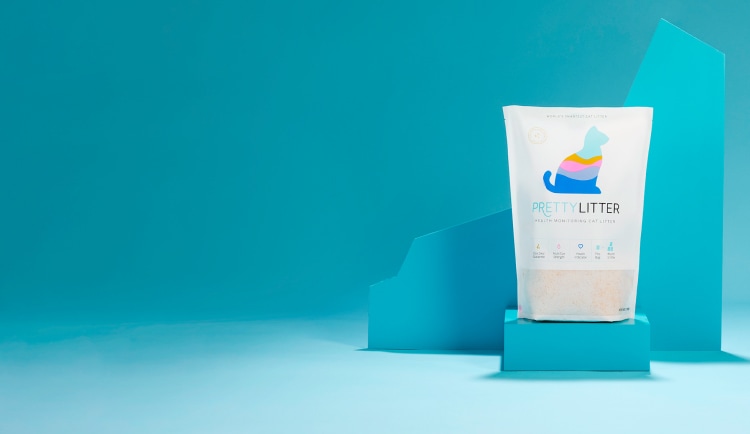
Paying Attention to Litter Box Habits
So, how often should cats poop? For most, once or twice a day is the norm, but variations depend on factors like diet, age, and activity level. By paying attention to their litter box habits and understanding the signs of potential issues, you can ensure your cat remains healthy and comfortable.
Regular monitoring, a balanced diet, and proper hydration go a long way in preventing problems like constipation or diarrhea. Tools like PrettyLitter can further support your efforts by providing early insights into your cat’s health.
If you’re ready to take proactive steps in monitoring your cat’s well-being, get started with PrettyLitter today. With us, you can keep tabs on your furry friend’s health while keeping your home smelling fresh and your worries at bay.
Sources:
- WebMD. The Scoop on Cat Poop. https://www.webmd.com/pets/cats/the-scoop-on-cat-poop
- Vetster. How to recognize normal and abnormal stool in cats. https://vetster.com/en/wellness/how-to-recognize-normal-and-abnormal-stool-in-cats
- VCA Hospitals. Constipation in Cats. https://vcahospitals.com/know-your-pet/constipation-in-cat
